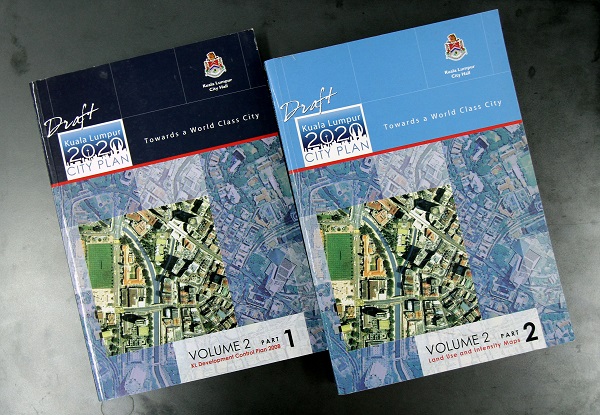Making the KL City Plan relevant, inclusive and worthy
BY NG PAU LING
First launched in 2008, Kuala Lumpur City Plan 2020 (KLCP 2020) is a blueprint for the city development. However, despite the plan to gazette it in 2013, it was delayed and remained as a draft to date.
In June 2018, an announcement from the Federal Territory Minister Khalid Samad said the KLCP 2020 would be mandated by the end of this year, although it is just two years away from the expiry date.
Here we have representatives from the three real estate change-makers — planner, architect and developer, to share their views and concerns on the KLCP 2020.
Flexible to accommodate changes
The life in KL tremendously changed over the last decade, following the introduction of disruptive technologies and the operation of the new LRT and MRT lines.
As the increasing population and job opportunities brought by the new transport systems have significantly affected the city growth, Real Estate and Housing Developers' Association (Rehda) deputy secretary general Tan Ching Meng urged the local council to review the KLCP 2020 before gazetting it.
“The growth of the city shouldn’t be stuck at a plan drafted ten years ago. It is necessary for the government to review the KLCP 2020 taking into consideration the latest trends before making it official,” he elaborated.
Besides, the execution of the plan needs to be flexible to adapt to new market changes. Tan added that the economic growth over the years also made it unrealistic for the city to adhere to the density control stated ten years ago.
In KLCP 2020 draft, the density of the residential development in KL city is divided into three categories and was controlled under the density calculation based on the number of person or unit on per unit area of land.
“Currently, the city centre needs more population to support the infrastructure such as the maintenance of the roads and ridership of rail systems,” said Tan.
He said that affordable housing is not feasible if the developers are restricted to low development density, as the housing price will spike.
Click to read more on KLCP 2020: Unfair generalisation of high-density developments
















































